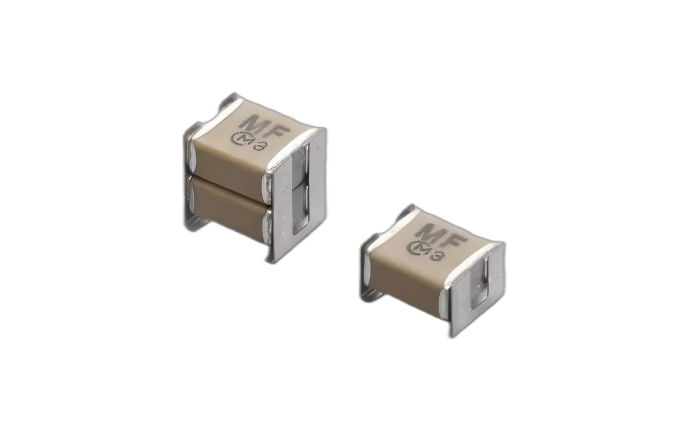Capacitors are essential components in electronic circuits, used for storing charges, filtering, coupling, bypassing, and other functions. There are various ways to classify capacitors, and the following is a detailed classification and explanation of capacitors from different dimensions:

1、 Classified by material
Ceramic Capacitor
Material: Using ceramic materials as the medium, such as barium titanate, strontium titanate, etc.
Features: Small size, good stability, excellent high-frequency characteristics, and low price.
Application: Widely used in high-frequency circuits, filtering circuits, oscillation circuits, etc., such as smartphones, tablets, communication devices, etc.
Electrolytic Capacitor
Material: Using electrolyte as the medium, the anode is made of metal foil such as aluminum or tantalum, and the cathode is made of electrolyte.
Features: Large capacity, wide voltage range, but with polarity, requiring correct circuit connection.
Application: Mainly used for power filtering, coupling, bypass, etc., such as power adapters, LED drivers, audio amplifiers, etc.
Tantalum Capacitor
Material: Tantalum metal as anode, manganese dioxide as medium.
Features: Small size, large capacity, good stability, low ESR (equivalent series resistance).
Application: Suitable for applications that require high stability and small size, such as portable devices, medical electronics, aerospace, etc.
Film Capacitor
Material: Using plastic film (such as polyester, polypropylene, polystyrene, etc.) as the medium.
Features: Good self-healing, high insulation resistance, and stable frequency characteristics.
Application: Commonly used in AC circuits, pulse circuits, filtering circuits, etc., such as motor drives, power inverters, audio equipment, etc.
2、 Divided by structure
Fixed Capacitor
Characteristic: Fixed and non adjustable capacity, it is the most commonly used type of capacitor in circuits.
Application: Almost all electronic circuits require fixed capacitors for filtering, coupling, bypassing, etc.
Variable Capacitor
Features: Capacity can be adjusted through mechanical or electronic means.
Application: Used in situations where capacitance values need to be adjusted, such as tuning circuits (such as radios, televisions), oscillation circuits, etc.
Trimmer Capacitor
Features: The capacity can be fine tuned within a small range, usually used for precise adjustment of circuit parameters.
Application: In circuits that require fine tuning, such as filters, oscillators, etc.
3、 Classified by purpose
Coupling capacitor
Function: Used for transmitting AC signals and isolating DC components.
Application: Commonly used in amplification circuits, signal processing circuits, etc., such as inter stage coupling in audio amplifiers.
Filter Capacitor
Function: Used to filter out ripples and noise in circuits, improving power quality.
Application: Commonly used in power circuits, switching power supplies, LED drivers, etc., for smoothing output voltage.
Bypass capacitor
Function: Provide a low impedance path for communication signals, reducing signal distortion.
Application: Commonly used in high-frequency circuits, integrated circuit power pins, etc., for bypassing high-frequency noise.
Energy Storage Capacitor
Function: Store electrical energy and release it when needed.
Application: Commonly used in pulse circuits, energy recovery systems, flashlights, etc., for providing instantaneous high current.
4、 Classified by polarity
Non Polarized Capacitor
Features: There is no distinction between positive and negative poles, and the circuit can be connected in any direction.
Applications: such as ceramic capacitors, film capacitors, etc., suitable for situations that require bidirectional current.
Polarized Capacitor
Characteristics: There are positive and negative poles, and the circuit must be connected correctly, otherwise it may be damaged.
Applications: such as electrolytic capacitors, tantalum capacitors, etc., suitable for situations that require large capacity and unidirectional current.
5、 Classified by packaging form
Through Hole Capacitor
Features: Solder through pin insertion into circuit board holes, suitable for high-power and high heat dissipation requirements.
Applications: such as electrolytic capacitors, large ceramic capacitors, etc., commonly used in power circuits, industrial controls, etc.
Surface Mount Capacitor (SMD Capacitor)
Features: Surface Mount Technology (SMT) packaging, small size, suitable for high-density circuit boards.
Applications: such as ceramic surface mount capacitors, tantalum surface mount capacitors, etc., widely used in consumer electronics, communication equipment, etc.
